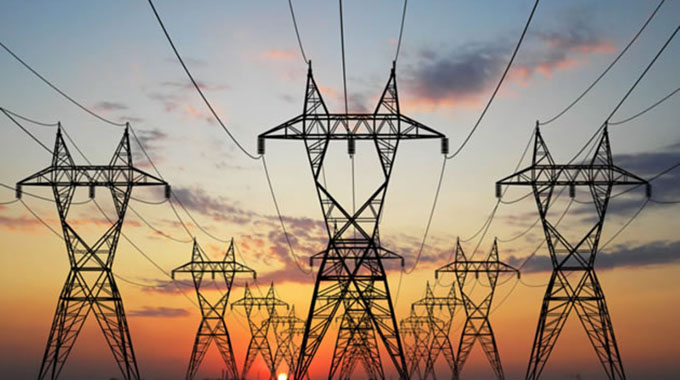ZPC beats quarterly power supply by 19 pc

Golden Sibanda
The successful completion of Kariba South Power Station extension in April last year, has enhanced security of internal power supply in Zimbabwe with State power utility Zimbabwe Power Company (ZPC), surpassing its energy delivery target for the third quarter of 2018.
This represents stark contrast to the extended period of time when Zimbabwe experienced rolling power cuts due to load shading or expended an average of US$50 million monthly on imports to bridge the demand-supply gap.
Minutes of a recent meeting of the management board of ZPC show that the power utility managed to send out 2, 521 Gigawatt hours (GWh) in the quarter to September against a budget of 2, 116 GWh, representing a performance of 19 percent above targeted energy for the quarter.
In fact, the State power utility has expressed confidence it will beat its target for 2018 by nearly 13 percent; which augurs well for an economy eyeing accelerated growth in line with Government’s vision 2030 of making Zimbabwe a middle income state with per capita income of US$3 500.
This comes after President Mnangagwa commissioned Kariba South units 7 and 8 in April last year, following the completion of capacity extension works by Chinese firm Sinohydro at an estimated cost of $533 million.
Generator 7 came on line on December 24, 2017, with ZPC dedicating it as a Christmas present to consumers who for long had endured frequent outages due to load shading, while unit 8 went on line in March last year in time for commissioning by the President, on April 11, 2018.
The new generators are currently feeding into the national power grid with significant benefits expected to accrue from the country’s rapidly growing internal capacity to meet the bulk of its power supply needs.
Across the world, common belief is that energy self-sufficiency will improve national security, alleviate debts and budget crises and yield lower and more stable energy prices.
Zimbabwe is on the verge of being a net export following ground breaking for the Hwange Power Station units 7 and 8 extension project on June 217, 2018, with President Mnangagwa again being the guest of honour at the event.
Sino Hydro will again undertake construction works at a cost of $1,4 billion. The funding for the project will come from China Eximbank.
HPS, which has current installed capacity of 920MW, but manages an average 450-550MW due to advanced age, will have its capacity expanded by 600MW.
Zimbabwe’s peak periods energy demand stands at 1600MW while it has internal generation capacity which averages 1 400MW. The difference, until recently, was met through imports from Eskom of South Africa (300MW) and Hydro Cahora Bassa of Mozambique (50MW).
For a long time Zimbabwe relied on expensive imports, due to limited internal generation capacity and advanced age of most of its thermal power plants, in order to meet the growing internal demand for power.
Power generation at Kariba South, which now has expanded capacity of 1050MW from 750MW, increased significantly during the third quarter of 2018 to average 831MW per day after ZRA increased water allocation in August.
“ZPC managed to send out 2,521.27GWh of energy in the third quarter of against a target of 2,116.99. The target for the period was therefore surpassed by 19,10 percent. This was attributable to increased generation following increased water allocation by Zambezi River Authority.
“This performance was 24,21 percent above the output for the third quarter of 2017. For the year to date, ZPC managed to send out 6342.54GWh, thus surpassing the target for the period by 4,92 percent.
‘‘It was projected that ZPC would send out a total of 9124.37GWh in 2018, thus surpassing the annual target by 12,98 percent,” ZPC said.
Zimbabwe should be in a position to export even more power once its completes construction of the 2 400MW Batoka Gorge hydro station, being jointly developed with Zambia on the mighty Zambezi River, which houses Kariba South.







Comments